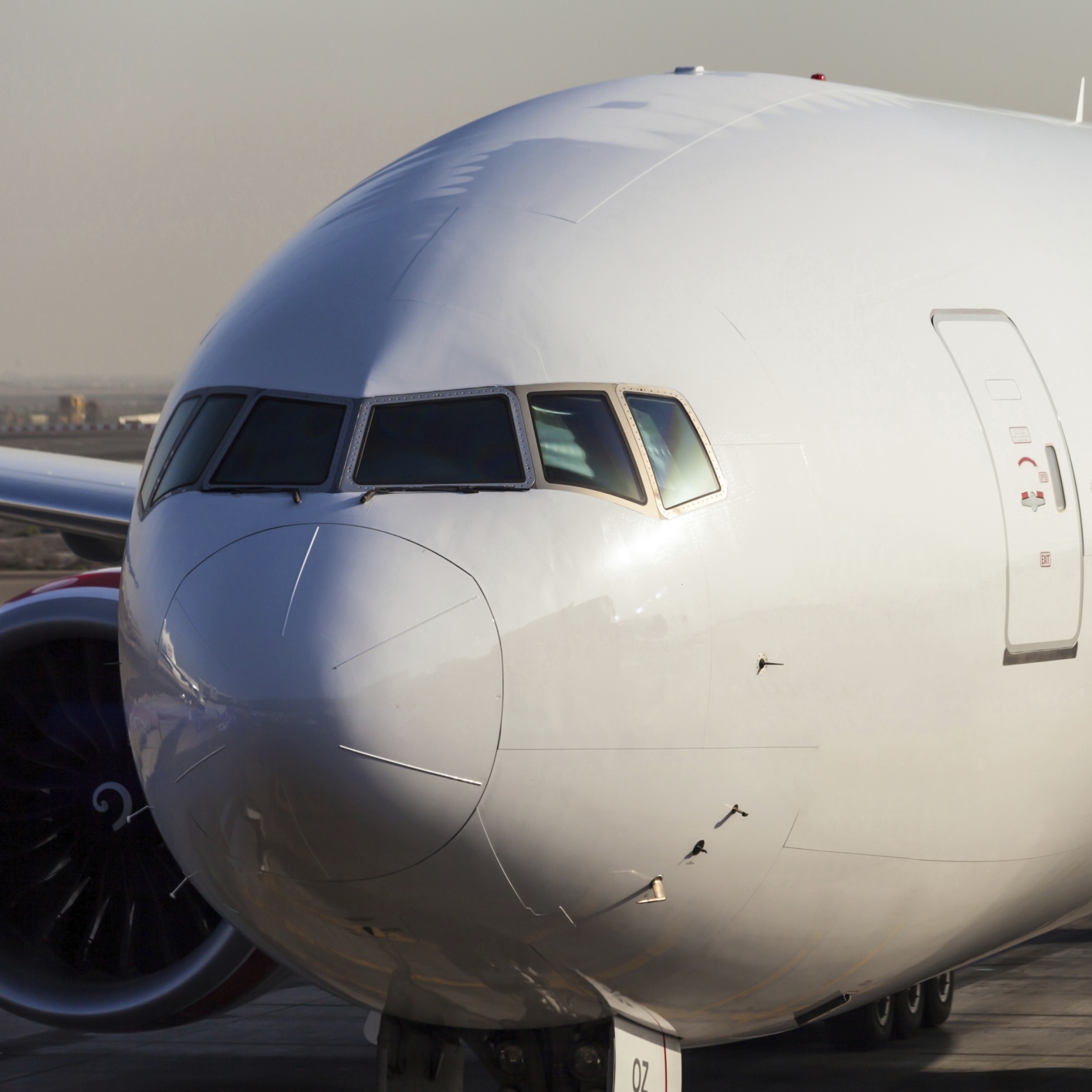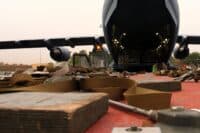When the chief executive officer of a major airline says that prices for airplanes will be getting lower over the next one to three years, and hints that his company may be interested in acquiring some used planes, bad things happen to the stock prices of Boeing Co. (NYSE: BA) and Airbus. Boeing’s shares fell 4.3% on Wednesday, following the comments by Delta CEO Richard Anderson. Airbus shares fell nearly 4% in Paris trading Thursday.
The possibility that commercial carriers will add used planes to their fleets raises a couple of interesting questions: What is the lifespan of a commercial jet? What are the economics of purchasing a used plane? As you might expect, the answer is, “It depends.”
A research study published by Boeing in 2013 concluded: “Our extensive research could not identify a standard metric that quantifies airplane economic life.” The researchers looked at a cohort of six aircraft built in the same year and calculated that the average age of a plane in the group was 27.2 years and growing. That is the useful life of a plane. The 50 percentile survival age is 24 years, the time at which half of the cohort is scrapped.
According to a listing at CSDS Aircraft Sales & Leasing, a Boeing 777-200ER that entered service in 2007 and that has 28,200 hours of flying time is available for $68 million. Boeing still has the same model available on its price list for $277.3 million. The discount to the list price is 75% for the 8-year-old plane.
Because no buyer of a new plane ever pays the list price, let’s assume that the 777 sold for a discount of 30% when it was new. That pencils out to a delivery price of around $194 million. After eight years of service, the asking price for the plane is about 35% of its actual estimated purchase price.
ALSO READ: Singapore Air, Airbus Team for World’s Longest Flight
How does that compare with a car, something most of us are far more likely to purchase than a 777? A 2007 model year Mercedes-Benz E-class E63 AMG sedan had an MSRP of $84,600. Using the database at ISeeCars, a used E63 in the Chicago area with 68,260 miles carries an asking price of $21,585, or just over 25% of the MSRP when the car was new.
The major factor in considering whether to buy a new or used plane is the same as whether to buy a used car: how much useful economic life is left in the machine. The used 777-200ER comes with two Rolls Royce Trent 892B-17 engines that have a total of 4,740 takeoff/landing cycles. For a long-haul plane like the 777-200ER, a total of around 40,000 cycles is expected. So there’s plenty of life in the old bird yet.
The economics of the used plane depend on fuel consumption and passenger capacity. The used plane’s Trent 800 engines are used on 40% of the 777s built, but a new more fuel-efficient 800EP was introduced in 2013. And with fuel prices very low — and expected to remain low for at least another year or more — the fuel cost of the eight-year-old plane likely makes the economics work well right now. If the price of fuel rises, the used plane could be resold, kept (if the economics still work) or scrapped.
For Boeing and Airbus, both of which are transitioning their 777 and A330 classes to new models with more fuel-efficient engines, it is not too difficult to see the potential problems caused by a glut of used planes. Pricing pressure rises on new planes and, perhaps even worse, threatens to force the manufacturers to reduce their output of new planes. The twin-engine, dual-aisle planes are high-margin products for both Boeing and Airbus, and a drop in price and demand will cause real pain.
ALSO READ: Jefferies Franchise Pick Stocks to Buy That Also Pay Big Dividends
Airbus stock looks about to close in Paris down around 2.4%, but Boeing shares have recovered nearly 2% in early trading Thursday to trade around $136.90. That probably has a lot to do with the company’s earlier statement that Taiwanese airlines EVA has announced an intention to purchase 24 of the company’s new 787-10s and two more 777-300ER jets. This is neither a commitment nor a firm order.
Get Ready To Retire (Sponsored)
Start by taking a quick retirement quiz from SmartAsset that will match you with up to 3 financial advisors that serve your area and beyond in 5 minutes, or less.
Each advisor has been vetted by SmartAsset and is held to a fiduciary standard to act in your best interests.
Here’s how it works:
1. Answer SmartAsset advisor match quiz
2. Review your pre-screened matches at your leisure. Check out the advisors’ profiles.
3. Speak with advisors at no cost to you. Have an introductory call on the phone or introduction in person and choose whom to work with in the future
Thank you for reading! Have some feedback for us?
Contact the 24/7 Wall St. editorial team.


